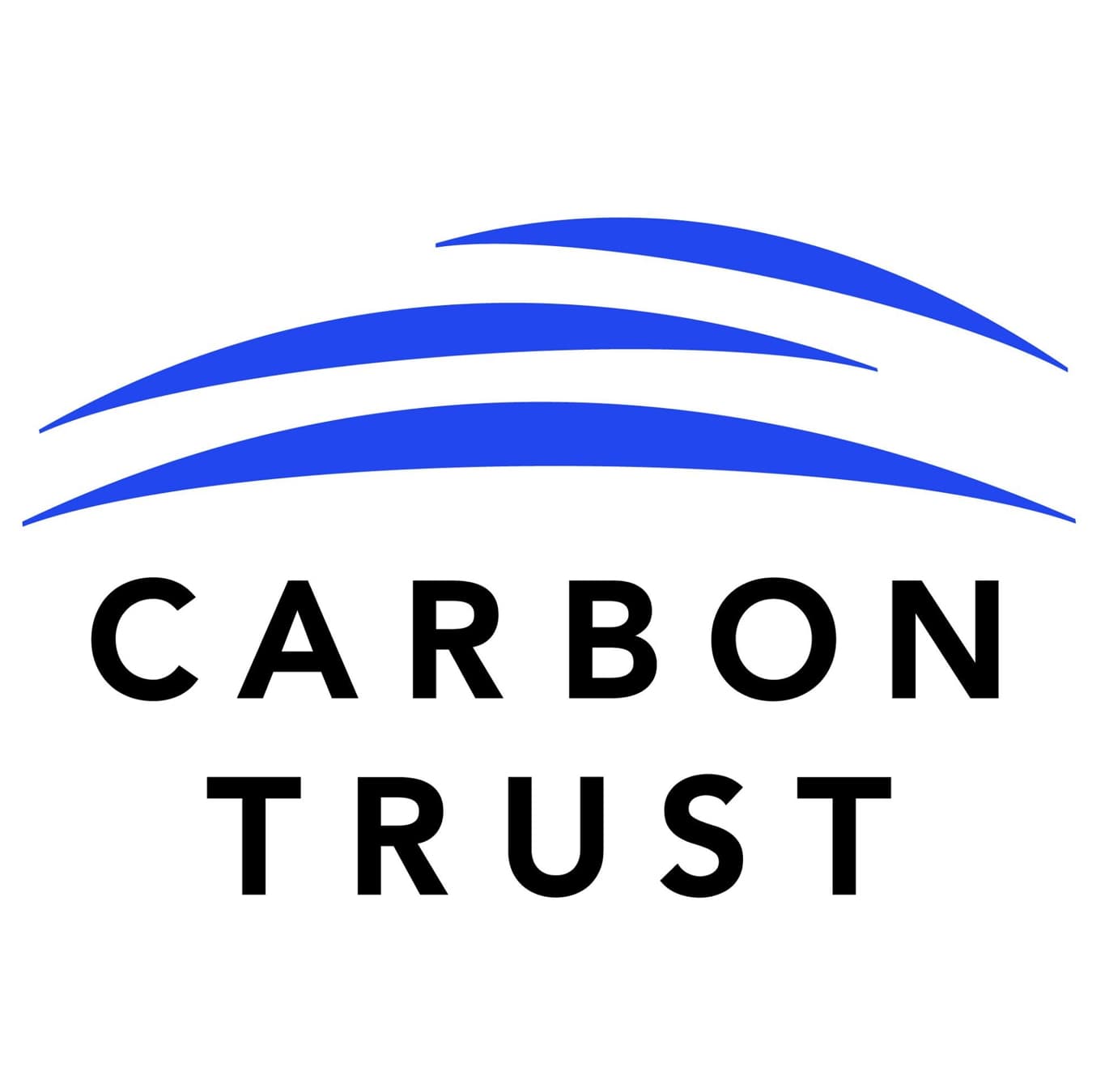Report
- Introduction
- Step 1: Identify the relevant reporting mechanisms for your company
- Step 2: Gather the information required for climate reporting
- Get started: Gather the information required for climate reporting
- Identify the material issues you need to report on
- Identify, prioritize and quantify your company’s climate-related financial risks and opportunities
- Compile information on your climate governance, strategy, risk management, and metrics and targets
- Step 3: Report in line with key standards and regulations
- Step 4: Get assurance for your climate reporting
- Learn more

Compile information on your climate governance, strategy, risk management, and metrics and targets
Your climate reporting must clearly outline your company’s overall approach to identifying, managing and mitigating climate risks and capitalizing on opportunities
Most climate reporting mechanisms require you to disclose information about four key categories of your company’s approach to managing and reducing climate risks, and capitalizing on opportunities in the transition. These four categories are informed by the TCFD Framework.
Governance
You will need to document the governance arrangements you have in place to manage climate related risks and opportunities. This means identifying business owners of climate risk and wider governance structures, such as how your senior leadership team and/or board members have access and input into how climate risks and opportunities affect your company. For many businesses, the board holds overall oversight, but climate impact is just one of many business priorities that come across board members’ desks. It is therefore crucial to ensure that sustainability issues are presented to the board in a way that clearly frames their significance to your company’s overall strategy. You can then explain your company’s processes for ensuring climate impact is a board priority in your reporting.
Strategy
Investors, regulators, and other stakeholders need to understand how your company has developed a strategy to respond to climate-related risks and opportunities that is as robust as your company’s strategy to address other risks. This will require you to be transparent about the impact of your identified risks and opportunities in different climate scenarios and explain how your business strategy reflects this. For a best practice example, see the case study.
CASE STUDY
Best practice in using climate risk and opportunity analysis to influence business strategy.
A business’s impact on the climate and the climate’s impact on a business are directly intertwined. As such, it is vital for businesses to take a holistic approach to climate action. In the case of shoe company, Dr. Martens, this meant understanding Dr. Marten’s emission hotspots alongside its climate-related risks and opportunities. By adopting this approach, Dr. Martens was able to demonstrate the economic long-term benefits of integrating decarbonization and climate risk mitigation into its wider business strategy. This bolstered the internal case for swift and transformative climate action, allowing Dr. Martens to:
Understand where to engage with suppliers and other value chain partners to decarbonize the Dr. Marten’s environmental impact
Increase internal stakeholder buy-in by emphasizing the benefits of addressing climate risks and capitalizing on opportunities
Empower stakeholders and set an example to the industry by setting a Net Zero commitment
Dr. Martens could then build trust among is investors and consumers by reporting transparently on how it is effectively managing climate-related risks and opportunities, and demonstrate that its long-term strategy both reflects potential impacts to its business model and involves active steps to manage these risks.
Risk Management
Reporting your climate risk management processes involves transparently outlining your approach to recognizing, evaluating, and managing climate-related risks. This entails detailing the methods you use to identify and evaluate these risks, as well as the response strategies you might have adopted or identified. (e.g., decisions you have made to mitigate, transfer, accept, or control such risks). In particular, it is key to disclose how these processes have been integrated into your company’s broader risk management framework.
Metrics and Targets
A crucial element of climate reporting is the publication of your company’s value chain GHG emissions. Most reporting mechanisms will require you to publish comprehensive data on your Scope 1, 2 and 3 emissions in line with the GHG Protocol, as well as your emissions reduction targets and progress against them. Some reporting mechanisms require having your emissions data assured by a third party. Your emissions targets should ideally be validated as science-aligned by the Science-Based Targets Initiative (SBTi).
For more on assurance, see Step 4
For more on emissions data and the GHG Protocol, see Chapter 2: Measure and Verify
For more on emissions reduction target validation, see Chapter 3: Set Target
If your company has emissions reduction targets validated by the SBTi, you should also prepare to report on its Beyond Value Chain Mitigation (BVCM) activities (i.e., the steps your company is taking to reduce emissions or enhance the sinks of emissions that does not result in a change in your company’s Scope 1, 2 and 3 emissions). The SBTi plans to publish further guidance on BVCM at the end of 2023.
IFRS Foundation and EFRAG publish interoperability guidance | EFRAG
Briefing: TCFD disclosures | The Carbon Trust
TCFD in action – powering your Net Zero Strategy | The Carbon Trust